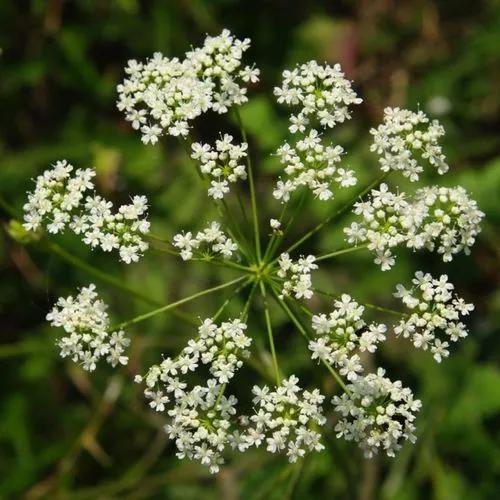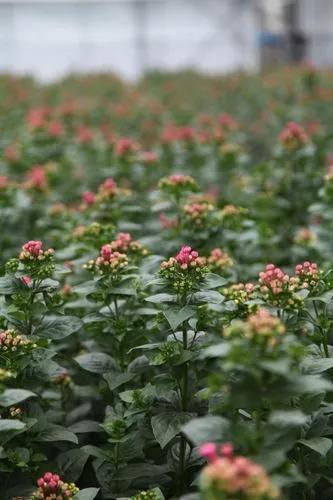A collarette dahlia with two-tone florets on short stems, perfect for patio pots or front of border. Blooms profusely through the summer with beautiful scarlet and yellow flowers. Growing to 10 inches tall.
Dahlia 'star Sister' Care
Dahlia 'star Sister'



How to Care for the Plant

Water

Dahlias—especially young plants—do not need a ton of water in order to thrive. In fact, over-watering the plant can actually pose more of a potential issue, as excessive water can cause them to rot. Because the roots of the dahlia are close to the surface of the soil, typical summer rainfall can usually suffice. If you get less than 1 inch of rain in seven days (or are dealing with especially hot temperatures), plan to supplement with additional watering. However, with dahlias, it's important to never let the soil dry out—because they're not deep-rooted, a dry top layer of soil equals a dry plant.

Pruning

Dahlias are toxic to pets, though not severely so. Still, avoid planting them in your garden if you have a particularly curious pet at home, or one that tends to root through the flowers you put in a vase. If you notice your pet has gotten into your dahlias and is experiencing any of the below symptoms, call your vet or poison control immediately.

Fertilizer

Dahlias benefit greatly from being treated with fertilizer—the more food they get, the larger roots they will grow, and subsequently the bigger (and more numerous) their flowers will be. Whatever type of fertilizer you choose, look for one with a low nitrogen ratio, and don't fertilize the plants after August. You are going to be digging and storing the tubers soon and you want them ready to go dormant.

Sunlight

In order to flower well, dahlias need full sun, preferably at least six to eight hours a day. In hotter climates (primarily USDA zones 8 and up) they will do better with a bit of shade during the peak afternoon hours, when the sun is especially hot and therefore can risk burning the plants.

Soil

Dahlias like a rich, well-draining soil with plenty of organic matter and a fairly neutral soil pH of around 6.5. If you are planting your dahlia tubers ahead of time in containers, mix in a bit of garden soil for better moisture retention—potting soil can dry out quickly and it's especially important that the tubers stay moist until they have sufficient roots.

Temperature

Timing is especially important when it comes to planting and growing dahlias, as they'll struggle to establish in cold soil. Wait until your final spring frost has passed and the ground temperatures have reached around 60 degrees Fahrenheit (you can get your tubers started indoors ahead of time if you'd like).

Popularity

51 people already have this plant 25 people have added this plant to their wishlists
Discover more plants with the list below
Popular articles






